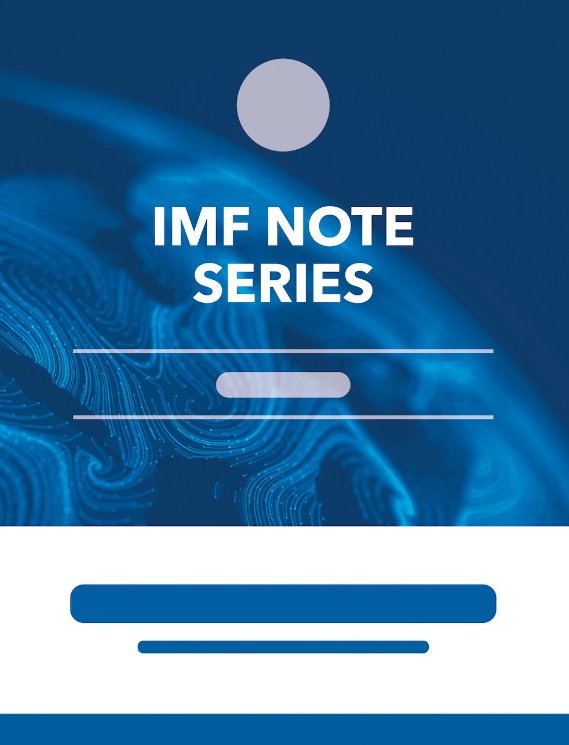What Explains India’s Real Appreciation?
November 1, 2007
Disclaimer: This Working Paper should not be reported as representing the views of the IMF.The views expressed in this Working Paper are those of the author(s) and do not necessarily represent those of the IMF or IMF policy. Working Papers describe research in progress by the author(s) and are published to elicit comments and to further debate
Summary
We examine the evolution of nontradable and tradable prices in the Indian economy over 1980-2002 and find widening differentials: the real exchange rate has been appreciating. This might seem unsurprising, since India's rapid per capita income growth suggests Balassa-Samuelson factors at play. However, after 1990, the tradable-nontradable labor productivity gap, the driver of real appreciation according to Balassa-Samuelson, virtually disappeared. So what explains the real appreciation? Assessing the role of both demand and supply factors, we find that demand pressures arising from higher income growth accounted for much of the relative price increase during the post-reform period. Falling import prices also contributed significantly, along with an increase in government spending.
Subject: Inflation, Labor productivity, National accounts, Productivity, Real exchange rates
Keywords: exchange rate, price, productivity growth, WP
Pages:
50
Volume:
2007
DOI:
Issue:
268
Series:
Working Paper No. 2007/268
Stock No:
WPIEA2007268
ISBN:
9781451868319
ISSN:
1018-5941






